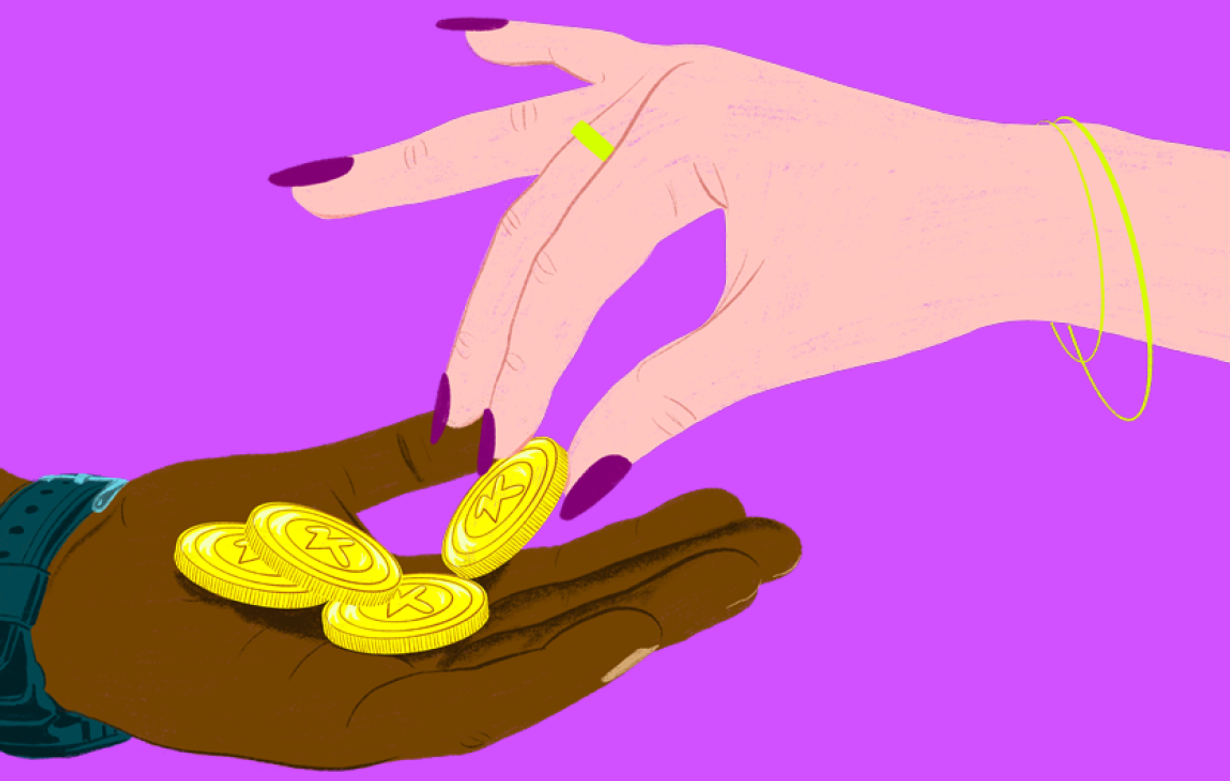Earn up to 3.5% interest on every dollar of your savings
If you've ever borrowed money or put cash in a savings account, you've encountered interest rates.
But what exactly are they, and why do they matter so much? Think of interest rates as the "price of money" – they determine how much you pay to borrow money or how much you earn when you save it.
Interest rates in simple terms
An interest rate is simply a percentage that shows the cost of borrowing money or the reward for saving it.
Here's how it works:
When you borrow money: You pay interest to the lender as compensation for using their money. This is why your credit card balance grows if you don't pay it off, or why your mortgage costs more than the original home price.
When you save money: The bank pays you interest as a thank you for letting them use your money. This is how your savings account balance can grow over time, even without you adding more money.
The interest rate tells you exactly how much this borrowing or saving will cost or earn you, usually expressed as a yearly percentage.
How interest rates actually work in real life
Let's say you put $1,000 in a savings account with a 3% annual interest rate. After one year, you'll have $1,030. That extra $30 is the interest you earned.
On the flip side, if you borrow $1,000 on a credit card with a 20% annual interest rate and don't pay it back for a year, you'll owe $1,200. That extra $200 is the interest you owe.
Interest rates work in your favor when you're saving and against you when you're borrowing.
The different types of interest rates you'll encounter
Simple Interest
This is calculated only on the original amount (called the principal). If you borrow $1,000 at 5% simple interest for two years, you'll pay $100 in interest ($50 per year).
Compound Interest
This is where interest earns interest. Using the same example, compound interest would calculate 5% on $1,000 the first year ($50), then 5% on $1,050 the second year ($52.50). Your total interest would be $102.50 instead of $100.
Fixed Interest Rates
These rates don't change during the life of your loan or savings account. You'll know exactly what to expect.
Variable Interest Rates
These rates can go up or down based on market conditions. Your monthly payment might change, or your savings might earn more or less over time.
Why interest rates go up and down
Interest rates don't just appear randomly.
They're influenced by several factors:
The Central Bank's Decisions In Canada, the Bank of Canada sets a key interest rate that influences all other rates. When they raise this rate, borrowing becomes more expensive and saving becomes more rewarding. When they lower it, the opposite happens.
Economic Conditions
During good economic times, rates might be higher. During tough times, rates often drop to encourage spending and borrowing.
Inflation
When prices for goods and services rise quickly, interest rates often increase to help control this inflation.
Supply and Demand
When many people want to borrow money, rates tend to go up. When fewer people are borrowing, rates might come down.
Annual Percentage Rate (APR)
When you're looking at loans or credit cards, you'll often see something called APR (Annual Percentage Rate). This is different from the basic interest rate because it includes additional fees and costs.
For example, a credit card might have a 19% interest rate, but when you factor in annual fees and other charges, the APR might be 21%. The APR gives you a more accurate picture of what you'll actually pay.
Compound interest: your money's best friend or worst enemy
Compound interest is incredibly powerful, but it works both ways:
When saving: It helps your money grow faster over time. Starting early makes a huge difference due to compound interest.
When borrowing: It can make debt grow quickly if you're not careful. This is why carrying credit card balances can be so costly.
Albert Einstein supposedly called compound interest "the eighth wonder of the world."
Knowledge is power
Understanding interest rates isn't just about math – it's about making your money work harder for you. Whether you're saving for a vacation, paying off debt, or planning for retirement, knowing how interest rates work will help you make better financial decisions.
Remember, even small differences in interest rates can have big impacts over time. A 1% difference might not seem like much, but over years or decades, it can mean thousands of dollars in your pocket or out of it.

About the author
Quan works as a Junior SEO Specialist, helping websites grow through organic search. He loves the world of finance and investing. When he’s not working, he stays active at the gym, trains Muay Thai, plays soccer, and goes swimming.
Read more about this author